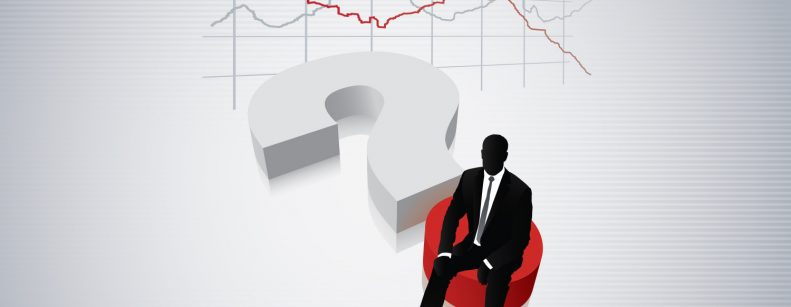
Interest rates play a crucial role in the economy and affect a wide range of financial assets. One of the key concepts related to interest rates is the discount rate, which is used to determine the present value of future cash flows. When interest rates rise, the discount rates of other assets are also affected, which has significant implications for investors and the valuation of different types of assets.
The risk-free rate is the one that has the highest perception of safety by investors, in our world this rate is associated with U.S. government bonds in the long term and with the Federal Reserve rates in the short term. When the FED decides to increase rates, the consequence is that the discount rates of riskier assets, such as bonds, stocks, real estate assets and other alternative assets also tend to increase, decreasing the price of such assets, due to a denominator effect.
We are in a scenario where rates have risen significantly in recent months, both in the United States and in most countries, to counteract the effects of inflation and try to control its rise after the pandemic years. Lhe above has inevitably caused asset prices to fall as well, with exceptions, as in every other order of things.
Prudence indicates that we should wait for the end of the rate hike cycle to invest again, but beware that time deposits no longer pay what they did some months ago and inflation is also falling, which makes us think that the high rate cycle is close to its peak. In the USA at least one more hike is expected, but in Chile, the Central Bank's discourse makes us think that the cycle of high rates has already come to an end. Therefore, we must be attentive to the opportunities that arise, in order to be able to position ourselves in the long term in this scenario of relatively high rates.
For the second half of the year, the higher cost, explained by rates and the need to refinance many assets, will bring interesting opportunities in different markets. One that we are watching with particular attention is real estate financing, since due to increased regulatory requirements and the lack of appetite for risk, many banks are ceasing to participate in it, allowing private players to take over guarantees, many banks are ceasing to participate in it, allowing private players to take on collateral that was traditionally intended for banks, with an attractive debt to value or loan to value, as it is known in English.
In summary, in this scenario of higher rates, it makes sense to think that, just as rates went up due to inflation, they should go down with it. The important thing is not to stay at the bottom and start thinking about assets that allow us to build a portfolio that takes advantage of the current market situation, so as not to regret it later. build a portfolio that takes advantage of the current market situation, so as not to regret later that the short assets - still attractive today - do not pay.